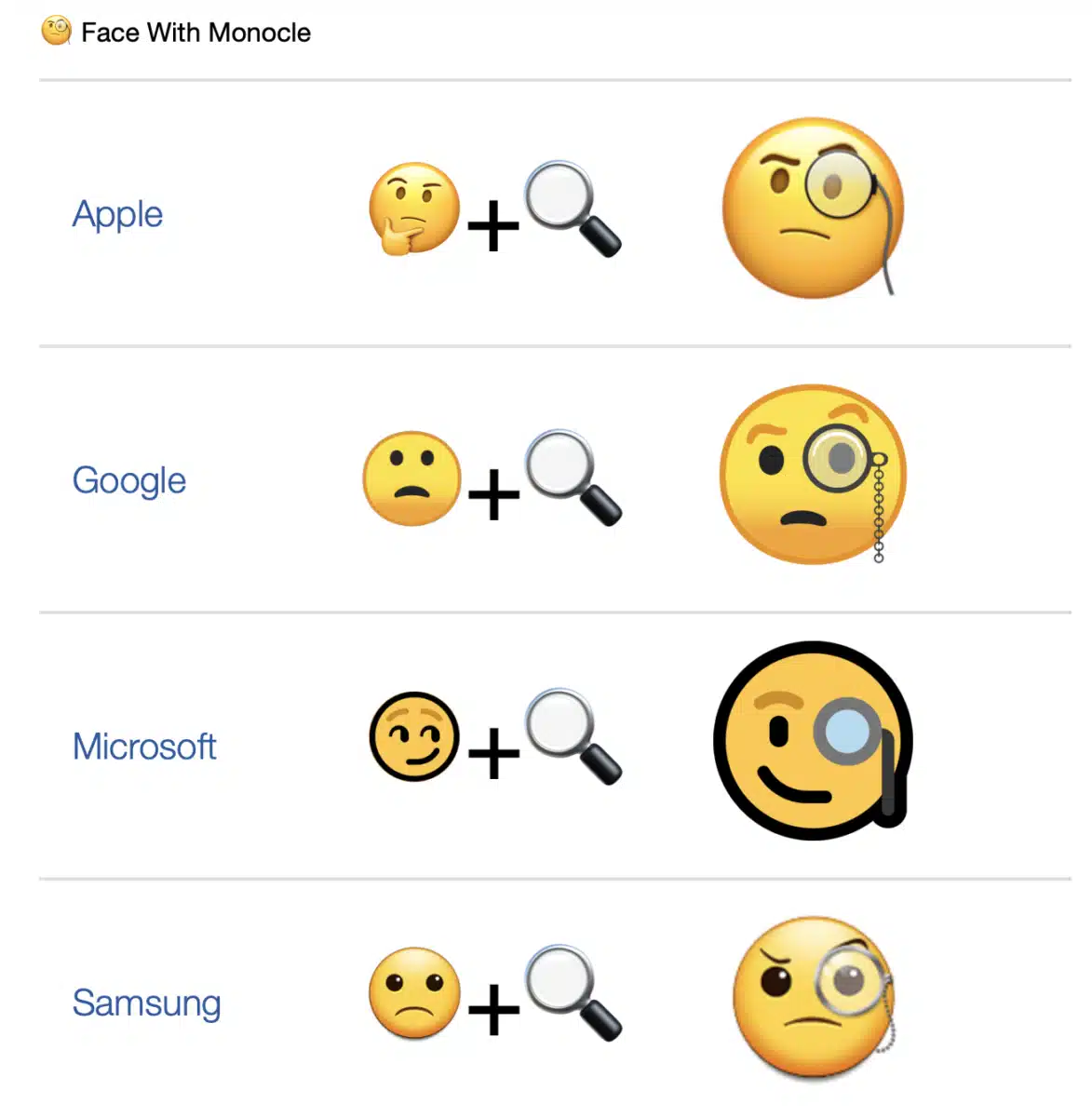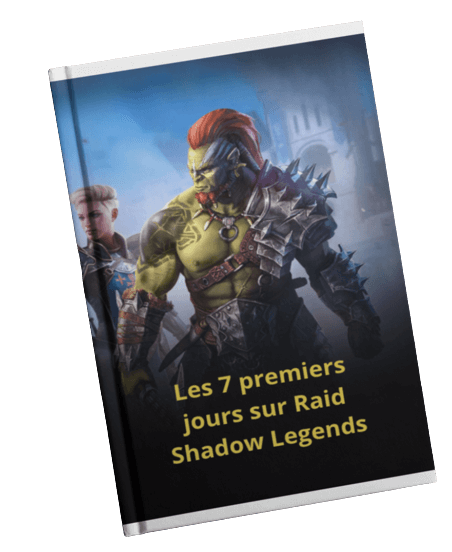Some think emojis are all the same. Indeed, they are almost all yellowish faces with two points that serve as their eyes and a small curvature as a mouth. However, you still need to know their meanings in order to use them better. With that, let's talk about the 🧐 emoji in this article.
The difference between smileys, emoji and emoticon
First, there are three specific names that most people confuse. However, smiley, emoji and emoticon are not the same. They each have their specificity and we must be careful not to put them in the same basket. Before giving the exact definitions of these three names, you should know that these three things serve the same purpose. They are intended to illustrate a text message in order to express the mood of its author.
The smiley
The smiley can also be called a graphite emoticon or a smiley. Smilies focus more specifically on emotions. In this case, the smiley can represent a face which is not necessarily colored in yellow. Similarly, the smiley characterizes several types of emotions namely anger, joy, sadness, etc.
The emoji
Literally, the word emoji can be split into two parts which means image and letter. The emoji is then a graphic character which designates a drawing representing an emotion or not. Smileys are part of the emoji groups.
Emoticons
Emoticons are assemblies of a few characters in order to express an emotion or a state of mind. Emojis are not much used anymore since smartphones have become the trend because most keyboards contain emojis.
Image from internet
Why do we use the smiley 🧐?
If we observe the smiley 🧐 we can see that it is an emoji that wears a monocle. The emoji with a monocle can also be called the investigator emoji, the scrutineer or the curious emoji. This smiley expresses a worried and concentrated look by inspecting, with great attention, a distinct object. The purpose of the person using it is to make the interlocutor understand that he is examining a specific thing in great detail. The curious emoji expresses curiosity about a topic that the person sending it finds interesting.
Put smileys in your articles
Smileys are one of the tools that digital workers need to master. Smileys have the power to boost your readers' engagement and improve the quality of your content. Still, if you don't use it in the norm, they may harm your publication. In this case, choose carefully the type of emoji you should use for a typical article. The most suitable places for emojis are at the beginning and/or at the end of the sentence. Therefore, the emojis and smileys used must correspond well to your subject, to your text and especially to your sentence.
It is important to know the meaning of emojis before using them. This concerns people who use social networks, but especially all people who engage in the digital profession.







